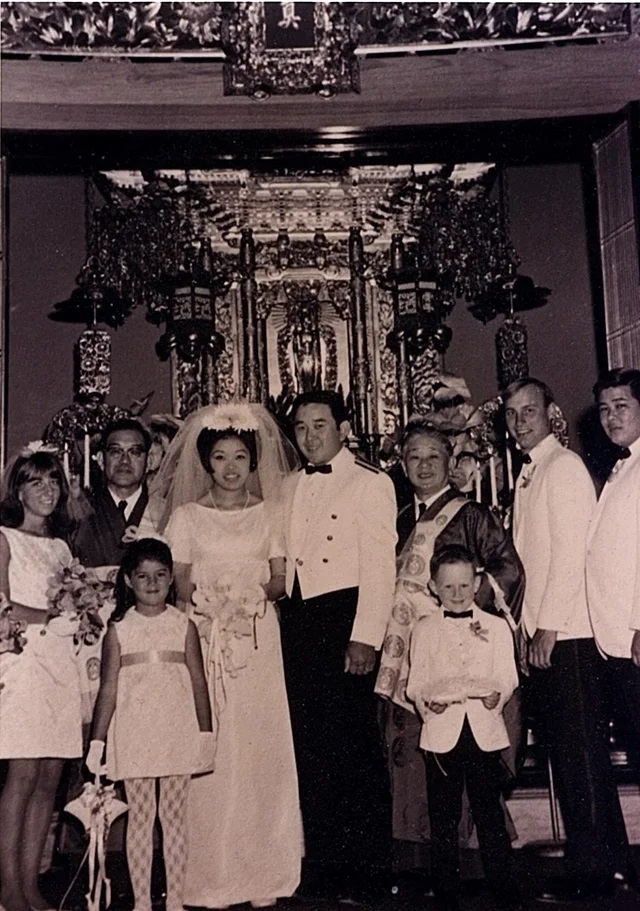
Presenting “Ellison Onizuka—The First Buddhist in Space.” An offering in celebration of #AAPIHeritageMonth and #MemorialDay. 

Ellison Onizuka was born June 24, 1946 in Kealakekua on the Big Island of Hawai'i. His grandparents were immigrants to the sugar plantations, while his parents ran a small general store. Like many Hawaiian Buddhists of his generation he was active at the temple and in scouting.
Onizuka graduated from the University of Colorado in 1969 with a masters in aerospace engineering and immediately began his career in the Air Force. He served as a flight test engineer and test pilot on various bases in California before joining the astronaut class of 1978.
Colonel Onizuka's astronaut class was the first to include women and non-white people. He beat out nearly 8000 other applicants. He moved with his wife, Lorna, and two daughters to Houston and began training for space missions.
On January 24, 1985, Onizuka served as a mission specialist aboard the space shuttle Discovery. He was the first Buddhist to reach space, and the first Asian-American. He carried a medallion with the double wisteria symbol of Nishi Honganji, the largest school of Shin Buddhism.
The wisteria flower bends down, expressing the Pure Land appreciation for humility, and represents both the luminosity and transience of life. Col. Onizuka presented the medallion to Otani Koshin, the monshu (spiritual head) of the Nishi Honganji lineage.
On January 28, 1986, Onizuka was killed when the space shuttle Challenger exploded. He was carrying a Buddhist lotus pendant when he died. His grave is in National Memorial Cemetery of the Pacific (Punchbowl) in Honolulu. It's engraved with a Dharma wheel and US Air Force symbol.
To honour him Space Science Day was created. Its first conference was held at the Honpa Hongwanji Hawaii Betsuin, the Hawaiian headquarters temple for Jodo Shinshu, on February 7, 1987. In Los Angeles, a memorial was erected in Little Tokyo on a street that was renamed after him.
Onizuka's words are printed in every U.S. passport: "Every generation has the obligation to free men's minds for a look at new worlds...to look out from a higher plateau than the last generation." His life of exploration was cut short, but first he gazed from the highest plateau.
@threadreaderapp unroll
• • •
Missing some Tweet in this thread? You can try to
force a refresh






